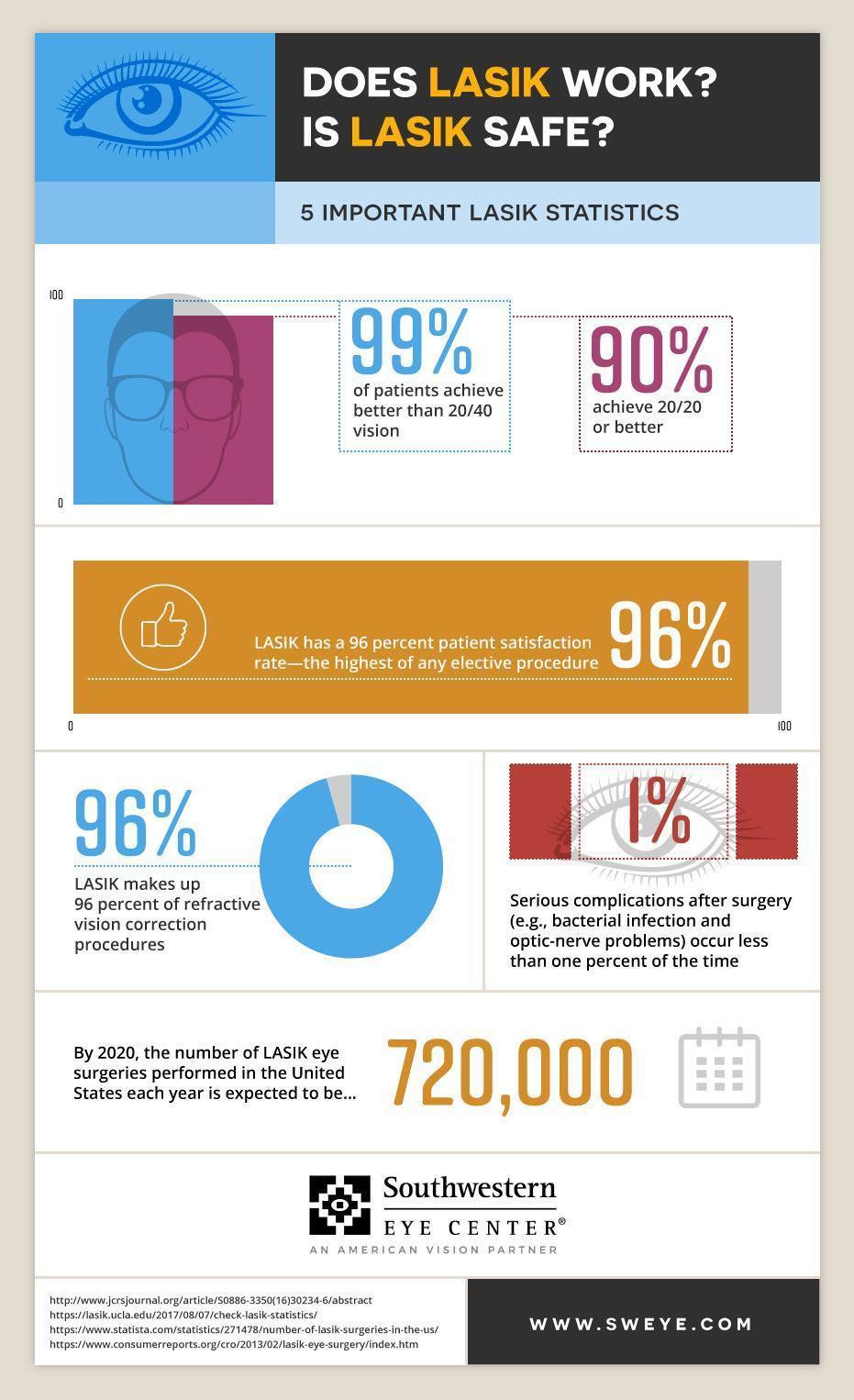A Relative Study Of Traditional Cataract Surgical Procedure And Laser-Assisted Methods: Advantages And Limitations
A Relative Study Of Traditional Cataract Surgical Procedure And Laser-Assisted Methods: Advantages And Limitations
Blog Article
Content Writer-Bruhn Henson
When considering the option in between conventional cataract surgical treatment and laser-assisted methods, you might find yourself evaluating the advantages and drawbacks each technique offers. The choice goes beyond the surface area level of price and accuracy, delving right into the realm of long-lasting outcomes and person complete satisfaction. As LASIK Eye Doctors navigate through the complexities of these two methods, it comes to be critical to recognize the nuanced information that can dramatically affect your aesthetic clearness and total experience. Keep tuned to reveal the essential aspects that will certainly direct your decision-making procedure in this important facet of eye treatment.
Typical Cataract Surgery Advantages And Disadvantages
When considering standard cataract surgery, you may find that it's a well-established and widely-used technique. In this treatment, a surgeon makes a little incision in the eye and utilizes ultrasound to break up the cloudy lens before removing it. When the cataract is removed, a fabricated lens is inserted to recover clear vision.
Among https://monovisiondominanteye62062.blog2freedom.com/35060988/possible-issues-that-might-occur-from-cataract-surgical-procedure-crucial-details-to-bear-in-mind of conventional cataract surgical treatment is its performance history of success. https://how-much-does-it-cost-to31728.ambien-blog.com/41554079/is-cataract-surgery-right-for-you-evaluating-your-candidacy of patients have had their vision significantly enhanced with this procedure. Additionally, conventional surgical procedure is usually covered by insurance coverage, making it a much more accessible alternative for several people.
Nonetheless, there are some downsides to typical cataract surgical procedure as well. Healing time can be much longer contrasted to more recent techniques, and there's a somewhat greater threat of problems such as infection or inflammation. Some clients may also experience astigmatism or require reading glasses post-surgery.
Laser-Assisted Techniques Pros and Cons
Exploring laser-assisted methods for cataract surgical procedure introduces a contemporary approach that utilizes laser technology to execute essential action in the procedure. One of the primary benefits of laser-assisted cataract surgical treatment is its accuracy. The laser allows for very exact cuts, which can lead to better visual end results. In addition, the use of lasers can reduce the quantity of ultrasound energy required throughout the surgical procedure, possibly lowering the risk of problems such as corneal damages.
On the disadvantage, laser-assisted techniques can be a lot more pricey contrasted to standard techniques. This expense mightn't be covered by insurance coverage, making it much less accessible to some patients.
Another consideration is that not all cataract specialists are trained in laser technology, which could limit your choices for picking a cosmetic surgeon.
Lastly, while the laser can automate particular facets of the procedure, the surgical treatment still calls for a proficient surgeon to make sure effective results.
Relative Analysis of Both Methods
For an extensive understanding of cataract surgery techniques, it's vital to perform a relative evaluation of both conventional and laser-assisted techniques.
Traditional cataract surgical treatment entails hand-operated incisions and the use of portable tools to separate and remove the over cast lens.
On the other hand, laser-assisted cataract surgical procedure uses sophisticated technology to produce specific cuts and break up the cataract with laser energy prior to removing it.
In https://philadelphia.cbslocal.com/2017/04/26/my-eyes-are-my-career-carson-wentz-undergoes-vision-correction-surgery/ of accuracy, laser-assisted strategies provide a higher level of precision compared to traditional approaches. Making use of lasers permits modification of the procedure based on each client's eye anatomy, possibly causing much better aesthetic outcomes.
Nevertheless, laser-assisted cataract surgery has a tendency to be extra costly than traditional surgery, which may restrict accessibility for some individuals.
While both methods are effective in restoring vision damaged by cataracts, the choice between standard and laser-assisted strategies often relies on elements such as expense, precision, and specific client demands.
Consulting with your eye doctor can help identify the most appropriate technique for your cataract surgical treatment.
Final thought
To conclude, when choosing between traditional cataract surgical procedure and laser-assisted methods, think about aspects like cost, accuracy, and individual demands. Standard surgery uses a tried and tested record and insurance policy protection yet may feature longer healing times. Laser-assisted strategies supply higher accuracy and modification but can be a lot more pricey and not always covered by insurance policy. Ultimately, the choice between the two methods depends on what is most important to you and your particular circumstance.
